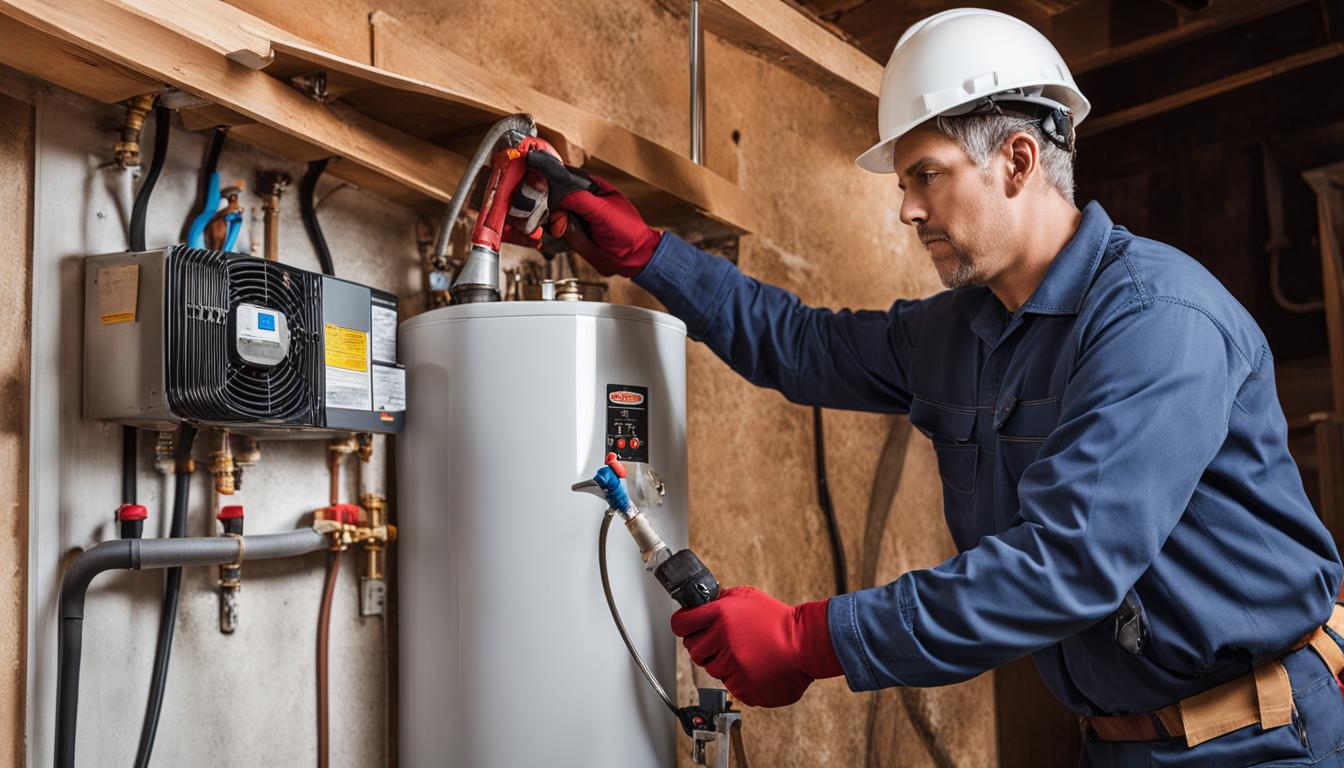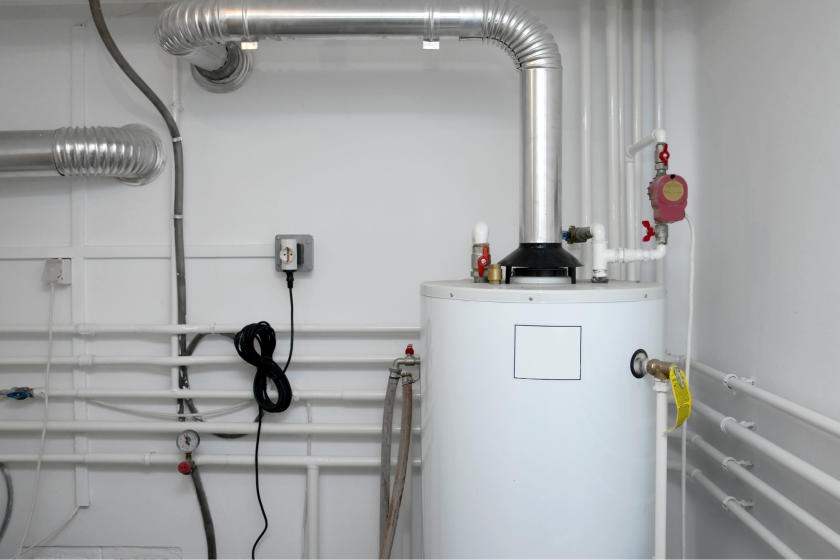Effective Strategies for Caring for Your Home's Hot Water SystemWays to Successfully Care for Your Home's Hot Water SystemEasy Guide to Maintaining Your Home's Hot Water System
Effective Strategies for Caring for Your Home's Hot Water SystemWays to Successfully Care for Your Home's Hot Water SystemEasy Guide to Maintaining Your Home's Hot Water System
Blog Article
Nearly everybody will have their private rationale about Water Heater Maintenance Tips You Can't Afford to Forget.

Hot water is vital for daily convenience, whether it's for a revitalizing shower or cleaning recipes. To guarantee your hot water system runs successfully and lasts much longer, routine maintenance is vital. This short article gives useful pointers and insights on just how to maintain your home's warm water system to prevent disruptions and costly fixings.
Intro
Maintaining your home's warm water system may seem daunting, yet with a couple of easy steps, you can guarantee it operates efficiently for several years to find. This guide covers every little thing from understanding your warm water system to DIY maintenance tips and understanding when to call in professional assistance.
Relevance of Preserving Your Warm Water System
Regular upkeep not only prolongs the life-span of your hot water system yet also ensures it runs efficiently. Ignoring maintenance can cause lowered efficiency, greater power bills, and also early failure of the system.
Indicators Your Warm Water System Demands Maintenance
Recognizing when your hot water system requires interest can protect against major concerns. Watch out for indicators such as inconsistent water temperature level, unusual sounds from the heating unit, or corroded water.
Understanding Your Warm Water System
Before diving right into maintenance tasks, it's practical to understand the basic elements of your warm water system. Typically, this includes the hot water heater itself, pipelines, anode poles, and temperature controls.
Regular Monthly Upkeep Tasks
Normal regular monthly checks can assist capture small issues prior to they intensify.
Purging the Hot Water Heater
Purging your water heater removes sediment accumulation, enhancing performance and lengthening its life.
Checking and Replacing Anode Rods
Anode poles prevent rust inside the container. Evaluating and changing them when worn out is critical.
Inspecting and Adjusting Temperature Settings
Readjusting the temperature level setups ensures optimal performance and safety.
DIY Tips for Maintenance
You can do numerous maintenance tasks yourself to maintain your warm water system in leading problem.
Checking for Leaks
Regularly evaluate pipelines and connections for leaks, as these can bring about water damages and higher bills.
Testing Stress Alleviation Valves
Evaluating the pressure safety valve guarantees it functions correctly and stops extreme pressure accumulation.
Insulating Pipes
Protecting hot water pipes minimizes warm loss and can conserve power.
When to Call a Specialist
While do it yourself upkeep is valuable, some concerns call for specialist expertise.
Complex Concerns Calling For Specialist Aid
Instances consist of significant leaks, electrical issues, or if your water heater is continually underperforming.
Regular Professional Upkeep Benefits
Specialist maintenance can consist of extensive inspections, tune-ups, and making sure conformity with security criteria.
Final thought
Normal maintenance of your home's warm water system is vital for efficiency, durability, and cost financial savings. By following these ideas and knowing when to look for specialist assistance, you can make certain a reputable supply of warm water without unforeseen disturbances.
Water Heater Maintenance: The Basics
Maintaining your water heater will ensure it operates efficiently and has a longer lifespan. Neglecting regular maintenance can lead to costly repairs and an even bigger chunk of your savings if you have to replace it sooner than necessary. But there’s good news: Most water heater maintenance tasks are relatively simple and easy for homeowners with basic DIY skills.
Flush the Water Heater
Over time, sediment and minerals can build up in the tank, reducing its efficiency and potentially causing damage. To flush the tank, turn off the power or gas supply, attach a hose to the drain valve near the bottom and open the valve to drain the water until it runs clear. Ideally, flush the tank annually.
Replace the Anode Rod
The anode rod is a sacrificial metal rod that helps prevent corrosion inside the tank. Inspect and replace it every three to five years or per the manufacturer's recommendation. To replace the anode rod, turn off the power or gas supply, drain a few gallons of water from the tank, unscrew the old rod and replace it with a new one. If the anode rod is significantly corroded or covered in calcium buildup, it's a sign the water heater may need to be replaced soon.
Tune-Up
A yearly tune-up can help identify potential issues and ensure your water heater operates at peak efficiency. This typically involves checking the thermostat, burner assembly (for gas heaters) and any other components specified by the manufacturer. During a tune-up, the technician may also clean the burner and adjust the pilot light (for gas heaters) or examine the heating elements (for electric heaters).
How to Maintain Your Water Heater
Insulate the tank. Insulating the tank can improve energy efficiency and reduce heat loss, saving you money on energy bills. You can purchase precut insulation blankets designed specifically for water heaters or use standard fiberglass insulation wrapped securely around the tank. Check the temperature. The recommended water temperature for most households is around 120 degrees Fahrenheit (49 degrees Celsius). Higher temperatures can increase energy costs and potentially cause scalding. Use a kitchen thermometer to check the temperature at the faucet nearest the water heater. Monitor water pressure. Excessive water pressure can strain the water heater and cause leaks or even tank failure. Install a pressure-reducing valve if necessary. The ideal water pressure range is between 60 and 70 PSI (pounds per square inch). Test the temperature and pressure (T&P) relief valve. The T&P relief valve is a safety feature that releases pressure if the tank gets too hot or the pressure builds up too high. Test it annually by lifting the lever and allowing a small amount of water to release. Replace the valve if it doesn't release water or reseal properly. Check for leaks. Regularly inspect the tank, pipes and fittings for leaks or corrosion. Deal with issues promptly to prevent further damage. Even a small leak can lead to significant water damage over time. Consider a tankless water heater. If your traditional tank-style water heater is nearing the end of its lifespan ( typically 10 years), consider replacing it with a tankless water heater. These units heat water on demand, reducing standby energy losses and potentially saving you money on your energy bills. Schedule professional maintenance. While homeowners can perform many water heater maintenance tasks, it's still a good idea to schedule professional maintenance every few years. A plumber or HVAC technician can thoroughly inspect the unit, identify potential issues and ensure it operates safely and efficiently. https://www.homeserve.com/en-us/blog/home-improvement/hot-water-heater-maintanence/

We had been made aware of that article on Water Heater Maintenance Tips You Can't Afford to Forget from a pal on another domain. Feel free to take the time to share this blog if you enjoyed reading it. Bless you for being here. Return soon.
Visit My Site Report this page